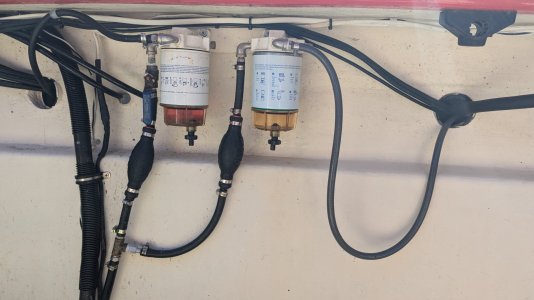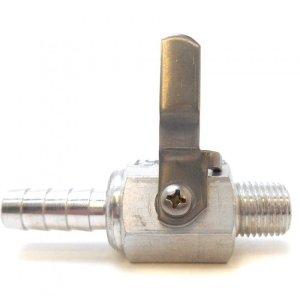seachicken
Well-Known Member
So had some issues with my 03 225 Yamaha this weekend. Would not rev much past 3000 rpm and bog down after idling for a while. Kicker runs fine. I noticed the kicker filter was leaking fuel out and air in so replaced it thinking that was the issue (fuel looks different in bowel because I filled it from a little gas can). Filter was dirty and (so horribly tight I think it might have had issues before), honestly think the PO put used filter assemblies on without new elements. Still have an issue though, if we pump the bulb for the main it gets it going and runs fine up to 4000 rpm cruise. I'm going to replace the main filter, pump ball, fuel lines, engine fuel filter etc. There is a shutoff on the inlet to the main filter, should the be one on the kicker filter? Is it normal (or required ) to have fuel shutoff valves? My yacht buddy thinks they should be before the pumper balls. What the general consensus? Also should I be looking at the engine fuel pump?


